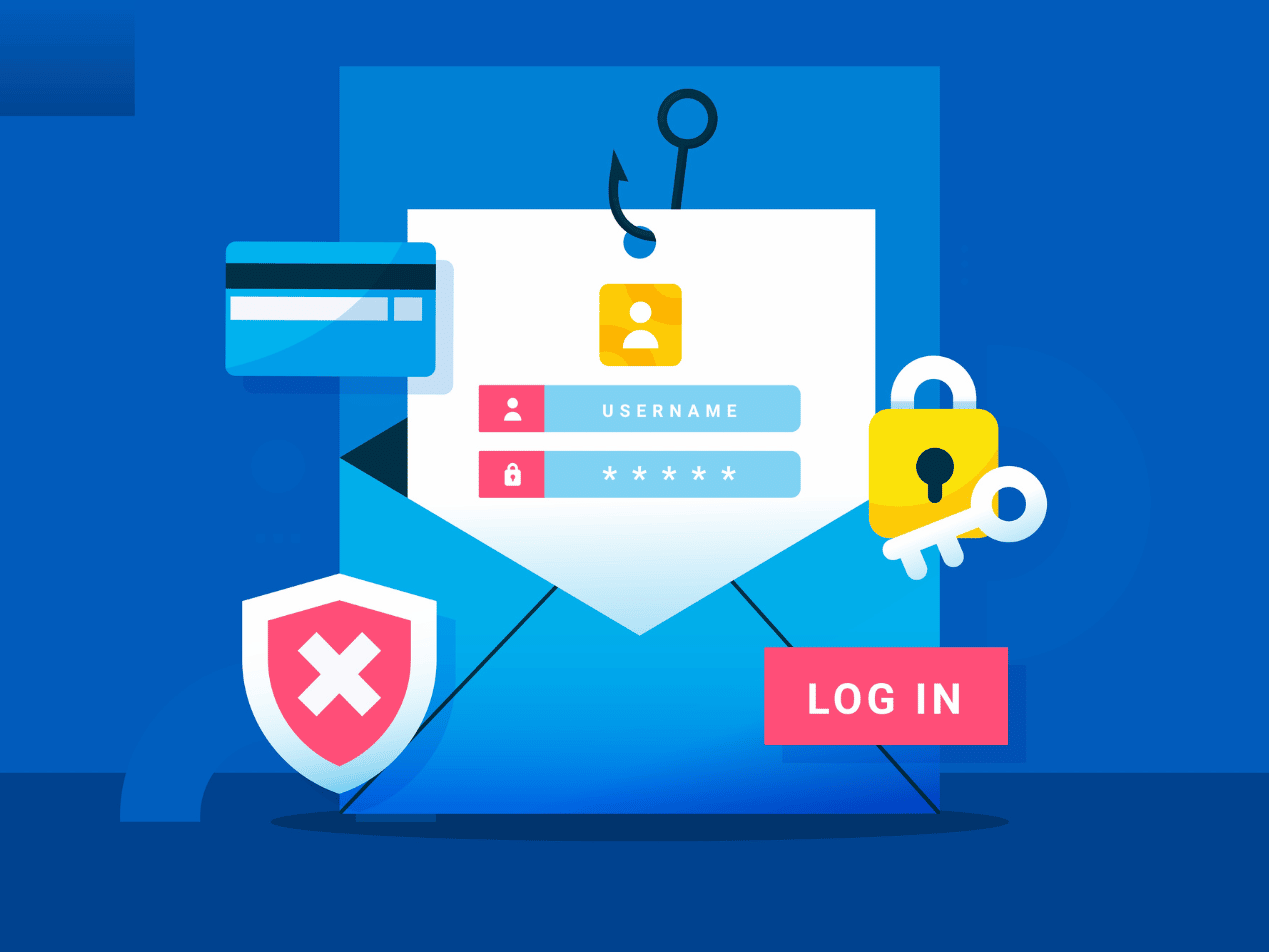2 min read
What's the difference between heuristics and sandboxing in email security?
 Hoala Greevy
December 28, 2022
Hoala Greevy
December 28, 2022

As email slowly becomes a primary means of communication for healthcare organizations, it's important to have effective strategies in place to protect against cyber threats transmitted through this medium.
Two techniques that can be used to analyze and evaluate the safety of emails are heuristics and sandboxing.
This post will explain the similarities and differences of heuristics and sandboxing as they relate to HIPAA compliant email.
Heuristics for email security
Heuristics involve the use of algorithms and rules to identify patterns and characteristics that may indicate an email is malicious. These patterns can include the use of certain words or phrases, the presence of links or attachments, and the sender's reputation.
Heuristics can help organizations quickly identify and block potentially malicious emails, but they may also produce false positives, where legitimate emails are mistakenly flagged as malicious.
One of the main advantages of heuristics is that they can process emails relatively quickly, making them an effective tool for identifying and blocking threats in real-time. However, heuristics are not foolproof and can be bypassed by attackers who use tactics such as obfuscation or evasion to avoid detection. In addition, heuristics may produce false positives, which can be disruptive for organizations that have to investigate and resolve them.
See related: DomainAge: An effective method to combat phishing attacks
Sandboxing for email security
Sandboxing, on the other hand, involves isolating and analyzing suspicious emails in a controlled environment to determine their behavior and whether they pose a threat. Sandboxing allows organizations to safely examine potentially malicious emails and attachments without exposing their network or systems to risk. This is done using techniques such as virtualization and emulation, which simulate the email's execution within a controlled environment and allow its behavior to be monitored and analyzed.
One of the main benefits of sandboxing is that it provides a more accurate assessment of the safety of emails than heuristics. Sandboxing allows organizations to fully examine the behavior of emails and attachments, making it difficult for attackers to bypass or evade detection. However, sandboxing can be more time-consuming than heuristics, as it requires the email to be analyzed in a controlled environment before it can be released or quarantined.
See related: The U.S. needs zero trust security for email
Heuristics or Sandboxing, which one is better?
Both heuristics and sandboxing can be effective tools for protecting against cyber threats transmitted through email, and many organizations use a combination of these techniques to provide multiple layers of protection. Heuristics can help quickly identify and block threats in real-time, while sandboxing can provide a more thorough analysis of suspicious emails.
Ultimately, the choice between heuristics and sandboxing will depend on the specific needs and resources of an organization. Heuristics may be more suitable for organizations that need to process large volumes of emails quickly and can afford to handle a higher rate of false positives. Sandboxing may be a better choice for organizations that require a more thorough analysis of emails and can tolerate longer processing times.
See related: ExecProtect: A solution for display name spoofing
Conclusion
In conclusion, heuristics and sandboxing are two techniques that can be used to protect against cyber threats transmitted through email.
Heuristics involve the use of algorithms and rules to identify patterns and characteristics that may indicate an email is malicious, while sandboxing involves isolating and analyzing suspicious emails in a controlled environment.
Both techniques have their own strengths and limitations, and the best choice will depend on the specific needs and resources of an organization.
See related: Paubox eliminates obsolete TLS protocols, follows NSA guidance
Subscribe to Paubox Weekly
Every Friday we'll bring you the most important news from Paubox. Our aim is to make you smarter, faster.





